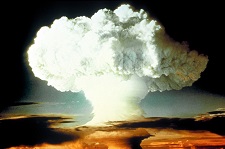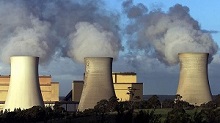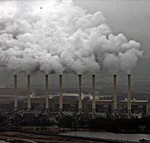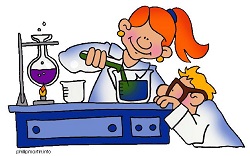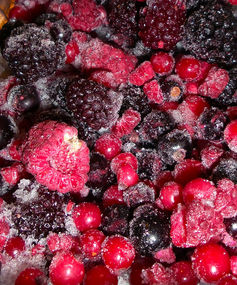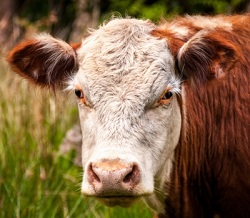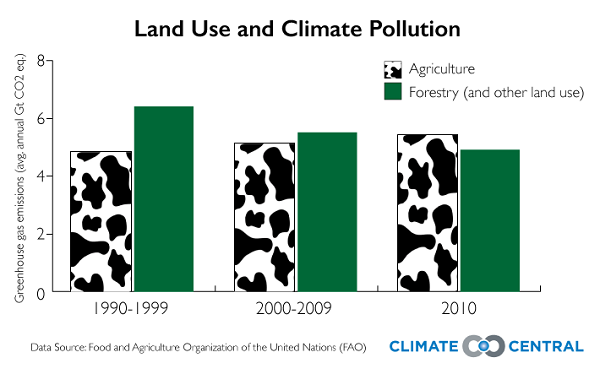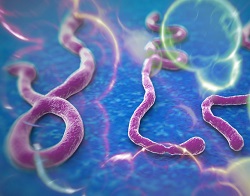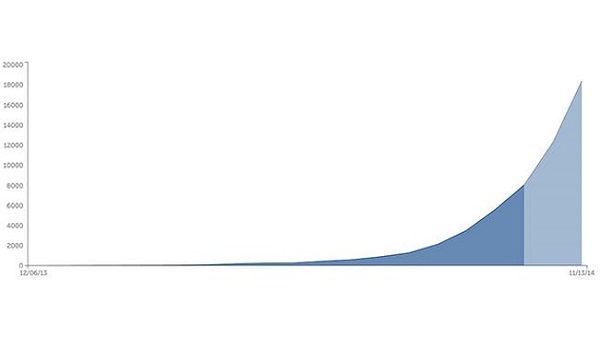
An open thread where, at your leisure, you can discuss anything you like, well, within reason and the Comments Policy. Include here news and views, plus any notable personal experiences from the week and the weekend.
For climate topics please use the most recent Climate clippings.
The gentleman in the image is Voltaire, who for a time graced the court of Frederick II of Prussia, known as Frederick the Great. King Fred loved to talk about the universe and everything at the end of a day’s work. He also used the salons of Berlin to get feedback in the development of public policy.
Fred would only talk in French; he regarded German as barbaric. Here we’ll use English.
The thread will be a stoush-free zone. The Comments Policy says:
The aim [of this site] is to provide a venue for people to contribute and to engage in a civil and respectful manner.
Here are a few bits and pieces that came to my attention last week.
1. CSIRO cuts
From ABC Rural:
The CSIRO is set to lose one staff member in five over the next two years.
The effect of the Federal Government’s cut of $114 million is now becoming clearer, with at least four regional research sites under threat.
National organiser for the CSIRO Staff Association, part of the CPSU, Paul Girdler, says 878 staff are to be cut over two years, until June 2015.
“It’s over 100 more than originally forecast.
“Over two years, the CSIRO is losing 21.5 per cent of its workforce, or one in five jobs.
“This new analysis demonstrates the cuts are even worse than when they were announced.”
Given the cuts last year, the total tally is 1,400 jobs at the Science Organisation.
CSIRO Chairman Simon McKeon says the organisation has “cut into the bone”.
We should be redoubling if not doubling our science effort.
Julian Cribb, science writer and author of The Coming Famine, says every government since Labor under Bob Hawke has slashed the CSIRO.
I simply can’t understand Industry Minister Ian McFarlane saying year-on-year funding is increasing, unless you cut overall first and then increase the funding each year. In which case he is intentionally misleading.
There’s more on the 7.30 Report.
Stephen Luntz at Crikey explains that many scientists will have unfinished projects, which doesn’t help them establish a reputation to find a job elsewhere.
Those made redundant include Nobel prize contender San Thang.
2. Farewell Stella Young
Stella Young, comedian, journalist and disability advocate, has died aged 32. I gather her death was unexpected. She will be missed.
3. Gillard’s My Story
I finished Gillard’s My story a while ago and have been meaning to report on it. Generally speaking I agree with Natalie Mast’s review but have a query about her final summation:
My Story is a substantial piece of work, yet there are times where policy wonks will be wishing for greater detail on negotiations or even why certain policy decisions were taken. Still in a work this size, limits must be made. For the most part Gillard’s focus is on key issues and those close to her heart.
The lucid presentation of Gillard’s case ultimately provides a cogent defence of the reasons for the challenge to Rudd, the difficulties her government faced, both internal and external, and an insight into Gillard herself.
I thought her detail on individual policies was more than one would expect. As PM she was impressively across a wide range of briefs and her recall is astonishing.
Lucid, yes, also very reflective and self-critical.
The first 130 pages tell the story of how she came to power and governed. In the following 331 pages she takes policy areas one by one, explaining how and why decisions were taken and in some cases an assessment of what still needs to be done, but laced with back stories and relevant anecdotes. The book forms a valuable resource.
Natalie Mast is right in saying she supported Rudd to the hilt and praises him where she thinks he did good work. I too found it surprising that she virtually took over organising his office for him. Also in areas such as health she ended up running the policy internally because Rudd was incapable of doing so.
Surprises include her attitude to gay marriage, which has always been painted as conservative. She says her brand of feminism historically saw marriage in general as an oppressive institution, so it was marriage that she opposed, not the gay bit. She concedes that views have now moved on.
I’ve come the the conclusion that Rudd probably did cause the leaks during the 2010 election campaign. Probably. Gillard reckons it wasn’t to bring her down, Rudd wanted to be foreign minister in her government and she was intending to give him something else. She was told the leaks would continue until she changed her mind. When she conceded his wish the leaks stopped.
One thing is certain, she will never respect Rudd as a person, a view he probably reciprocates.
Finally, I’d love to say more about the misogyny speech. Spoken unscripted with such eloquence and passion, yet she wasn’t personally angry. There is a lesson in there, but it will have to wait for another time.



